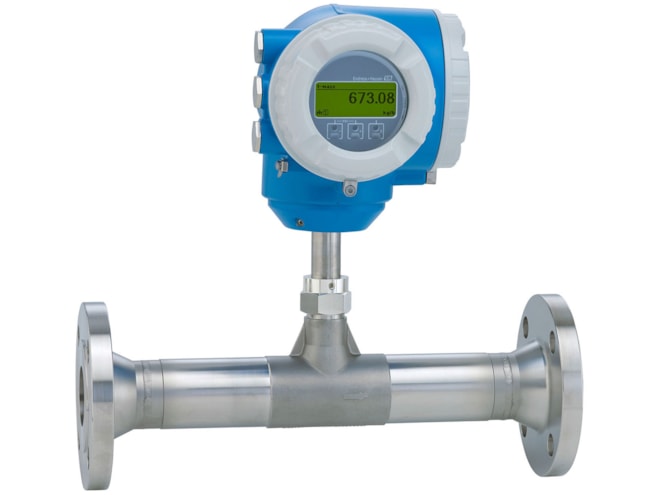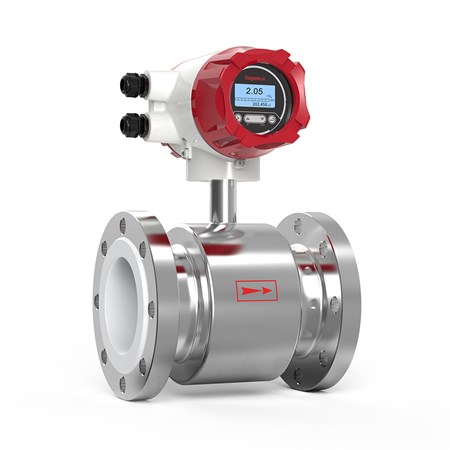There is a vast selection of liquid level sensors on the market today, some of which include ultrasonic, photoelectric, capacitive, and floating ball technology. Floating ball technology is also one of the options. What are the characteristics of these sensors, and what kinds of activities are best suited to be carried out with them as the primary means of data collection?
1. The ultrasonic transmitter is then provided with these signals after they have been processed. The ultrasonic liquid level sensor transmits ultrasonic pulses. This is due to the fact that in order for the sensor to function properly, there must be a free space below it. It is necessary to either make adjustments to the ultrasonic emission or to prevent the appearance of obstacles because obstacles will have an effect on the emission of ultrasonic waves, which will result in a loss of signal.
In situations where temperature, dust, water mist, pressure vessels, and other environmental factors can influence the accuracy of ultrasonic measurement, ultrasonic liquid level sensors should be used. Ultrasonic measurement rotameter flowmeter accuracy can be impacted negatively by these factors. When trying to determine the volume of a liquid that is foamy or volatile, it is not recommended to use ultrasonic measurement because it produces inaccurate results. Since ultrasonic liquid level sensors utilize non-contact measurement, in addition to having a higher cost, they are also more hygienic and do not have an impact on issues such as the viscosity or corrosiveness of the liquid that is being measured. These advantages make up for the higher cost of the ultrasonic liquid level sensors. These benefits make up for the fact that ultrasonic liquid level sensors do not have any moving parts, which can lead to contamination in the sensor's working environment. Photoelectric liquid level sensor
The lens that is located on top of the photoelectric level sensor is responsible for focusing the light that is emitted by the light-emitting diodes that are housed within the sensor. The light that is produced by the LED is reflected directly back to the receiver from the lens whenever there is no liquid present in the environment. The presence of water causes light to be refracted into the liquid, which results in the receiver receiving either no light at all or a very small amount of light depending on how much water is present. When there is no water present, the receiver receives the full amount of light.
Due to the fact that the sensor's measurement process is based on the principle of optical reflection, the sensor will produce inaccurate results if it is subjected to interference from direct sunlight or any other type of infrared radiation. Direct sunlight is the most common source of interference for photoelectric liquid level sensors. Inaccurate results can be expected from the sensor in the event that it is subjected to interference. Utilizing a hood provides both a solution to this issue as well as the capacity to completely sidestep it altogether. The photoelectric liquid level sensor has many advantages, including high precision, a low price, high reliability, and a wide range of application cryogenic flow meter environments. In addition, the sensor can be used in a variety of settings. These are merely some of the advantages that can be enjoyed. In addition to this, its resistance to viscosity and the ability to withstand strong alkalis and acids are both excellent qualities. Optoelectronic liquid level sensors are something that people who have stringent requirements regarding the accuracy of the liquid level might want to think about using as an option. Capacitive liquid level sensor
When the medium being measured falls below the height of the measuring electrode, a change will take place in accordance with the principle of capacitive sensing that causes a shift in the capacitance of the medium being measured. This change will take place whenever the medium being measured falls below the height of the measuring electrode. After the variation in the level of the liquid has been converted into a standard current signal, one of two things should happen next: either an alarm should be triggered, or an automatic control system should be put into action. The capacitive liquid level sensor and the capacitive liquid level sensor after the wall thickness will not function properly if the liquid in question is contained within a container made of metal. This is because metal prevents capacitance from transmitting through its walls. In the event that the container cannot be perforated or already lacks perforations, it is recommended that capacitive liquid level sensors be used instead of conventional ones. This is because capacitive liquid level sensors are more accurate.
4. As a consequence of this, the internal reed switch will turn on and off at random intervals, which will ultimately lead to the transmission of a signal. Both the procedure for gathering the data and the underlying operating principle have a sense of tradition about them. This will prevent it from floating to an elevated position.
It is not recommended to use the floating ball liquid level sensor in situations that require a high level of precision. This is because the method of detecting the level of liquid in a container using floating balls has a low level of accuracy, and because of this, it is not recommended to use the floating ball liquid level sensor. The float-type of liquid level sensing is inexpensive, but it has a poor track record in terms of reliability. This type of sensing has been used for decades. The term "liquid level sensor" refers to the pressure sensor high temperature pressure transducers that is utilized in the process of measuring the position of the liquid level. The following offers an explanation of its method of wiring:
An output signal from a liquid level sensor can take the form of a current with a range of 0-20MA or 4-20MA, or it can take the form of a voltage with a range of 0-5V, 1-5V, or 0-10V, etc. The vast majority of them, on the other hand, have a power supply that is only 10V, and a significant number of them do not at this time have a power supply that is 24VDC. Because some high-power-consumption transmitters cannot be driven by a power supply that is 10VDC, the only option for driving these transmitters is to make use of an external power supply that is 24VDC. This is the only way to drive these transmitters. If there are four wires involved, a sensor that detects the level of liquid can be wired as follows: power supply +== power supply +; power supply -== power supply -; signal +== feedback +; and signal -== feedback -. If there are four wires involved, the sensor can be wired as follows: power supply +== power supply +; power supply -== power supply -; signal +== feedback +; and signal
The following is an illustration of one type of connection method utilizing two wires that is currently utilized for the process of wiring a liquid level sensor:If it is not a remote transmission, the only thing that needs to be connected is the 24V voltage +, -; if it is a remote transmission, the signal +== feedback - needs to be connected. signal equals feedback equals signal; power supply equals feedback equals power supply. power supply equals feedback equals power supply. In the event that it is not a remote transmission, all that is necessary to do is connect the +, - leads for the 24V voltage. The following provides an explanation of the voltage type three-wire wiring method that is utilized for the liquid level sensor wiring:signal plus is equal to feedback plus; power supply minus is equal to power supply minus; power supply plus is equal to power supply plus; and power supply minus is equal to power supply minus.






Comments (0)